Fiat, Zastava seal strategic partnership
Economy Minister Mlađan Dinkić and Fiat Vice-President Alfredo Atavilla have signed a memorandum on understanding, strategic cooperation and joint investment.
Wednesday, 30.04.2008.
11:53

Economy Minister Mladjan Dinkic and Fiat Vice-President Alfredo Atavilla have signed a memorandum on understanding, strategic cooperation and joint investment. The memorandum, signed in the presence of President Boris Tadic, gives the Italian automotive giant a 70 percent majority holding in Zastava, with the state retaining the remaining 30 percent. Fiat, Zastava seal strategic partnership Dinkic said that the partnership would bring much more investment than Russia planned for the purchase of the Serbian Oil Industry (NIS). Over the next two years, Fiat plans to launch production of two completely new models at the Kragujevac factory, while also intensifying output of the Punto, which is already being assembled there. Although it was originally announced that Fiat's investment would be some EUR 300mn, that figure will now be over double that, announced the economy minister. This is a very important day for Fiat as well, because it marks the company’s return to Serbia, with which it had good cooperation for 50 years, said Altavilla. “It is important that this agreement was signed a day after Serbia signed the Stabilization and Association Agreement (SAA) with the European Union. That is very important for Serbia, for Fiat, and for our cooperation,” he said. Tadic agreed with the Italian guests, stressing that Serbia had many politicians who spoke about history and patriotism, but did not have any idea of how to develop the country any further. “I believe that only policies that support further development confirm the existence of history. I only believe in policies that lead to investment and are not just empty words,” he said. “I only believe in policies that create new jobs and new opportunities for people and the country, and are not the products of empty threats,” the president stressed. Besides Fiat, the other company interested in Zastava, Volkswagen, is also expected to enter the Serbian market. The company is interested in building a new automotive factory on the outskirts of Kragujevac, Dinkic said. He added that the third company interested in the Serbian auto-industry, Chinese FAV, had shelved plans to build a factory near Vranje. Earlier, Dinkic said that if the new parliament failed to ratify the Stabilization and Association Agreement (SAA), it would mean the collapse of the “contract of the decade” with Fiat, adding that the SAA signing had been the signal the Italian company had been waiting for before putting pen to paper. “Fiat is interested in manufacturing in Kragujevac, not just assembling, completely new models, with a commitment to increase production in the first year to about 90,000 vehicles, and to 150,000 a year in the second year,” the minister told B92. Fiat is to apply the model of united investment in Zastava, with the Serbian government as a minority shareholder and the Italian company as the majority owner. As part of the deal, Fiat would be obliged to increase the current production of 12,350 cars in 2007 to about 50,000 in the first nine months after signing, which needed to be confirmed by the government, he said. According to the deal, in the next two years, Fiat would increase car production at Zastava to about 150,000 a year, Dinkic said, adding that a large percentage of those cars would be exported to the EU market, meaning that Serbia would have to scrap customs duty on cars exported to the EU. Fiat’s arrival means the revival of the domestic metal industry and the arrival of foreign manufacturers for spare parts production, which will not only be located in Kragujevac, but in other Serbian towns, said the minister. “It will not only be a car factory, component manufacturers come hand-in-hand with this, which means jobs for a large number of people in the metals industry. They will not all be in Kragujevac, we will ask for, say, electronics to be located in Nis, and anywhere else where there is an available workforce,” Dinkic explained. Today's signing (FoNet)
Fiat, Zastava seal strategic partnership
Dinkić said that the partnership would bring much more investment than Russia planned for the purchase of the Serbian Oil Industry (NIS).Over the next two years, Fiat plans to launch production of two completely new models at the Kragujevac factory, while also intensifying output of the Punto, which is already being assembled there.
Although it was originally announced that Fiat's investment would be some EUR 300mn, that figure will now be over double that, announced the economy minister.
This is a very important day for Fiat as well, because it marks the company’s return to Serbia, with which it had good cooperation for 50 years, said Altavilla.
“It is important that this agreement was signed a day after Serbia signed the Stabilization and Association Agreement (SAA) with the European Union. That is very important for Serbia, for Fiat, and for our cooperation,” he said.
Tadić agreed with the Italian guests, stressing that Serbia had many politicians who spoke about history and patriotism, but did not have any idea of how to develop the country any further.
“I believe that only policies that support further development confirm the existence of history. I only believe in policies that lead to investment and are not just empty words,” he said.
“I only believe in policies that create new jobs and new opportunities for people and the country, and are not the products of empty threats,” the president stressed.
Besides Fiat, the other company interested in Zastava, Volkswagen, is also expected to enter the Serbian market. The company is interested in building a new automotive factory on the outskirts of Kragujevac, Dinkić said.
He added that the third company interested in the Serbian auto-industry, Chinese FAV, had shelved plans to build a factory near Vranje. Earlier, Dinkić said that if the new parliament failed to ratify the Stabilization and Association Agreement (SAA), it would mean the collapse of the “contract of the decade” with Fiat, adding that the SAA signing had been the signal the Italian company had been waiting for before putting pen to paper.
“Fiat is interested in manufacturing in Kragujevac, not just assembling, completely new models, with a commitment to increase production in the first year to about 90,000 vehicles, and to 150,000 a year in the second year,” the minister told B92.
Fiat is to apply the model of united investment in Zastava, with the Serbian government as a minority shareholder and the Italian company as the majority owner. As part of the deal, Fiat would be obliged to increase the current production of 12,350 cars in 2007 to about 50,000 in the first nine months after signing, which needed to be confirmed by the government, he said.
According to the deal, in the next two years, Fiat would increase car production at Zastava to about 150,000 a year, Dinkić said, adding that a large percentage of those cars would be exported to the EU market, meaning that Serbia would have to scrap customs duty on cars exported to the EU.
Fiat’s arrival means the revival of the domestic metal industry and the arrival of foreign manufacturers for spare parts production, which will not only be located in Kragujevac, but in other Serbian towns, said the minister.
“It will not only be a car factory, component manufacturers come hand-in-hand with this, which means jobs for a large number of people in the metals industry. They will not all be in Kragujevac, we will ask for, say, electronics to be located in Niš, and anywhere else where there is an available workforce,” Dinkić explained.






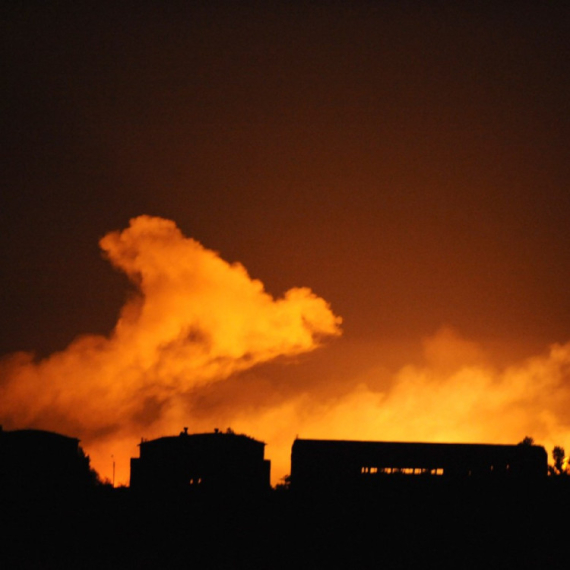








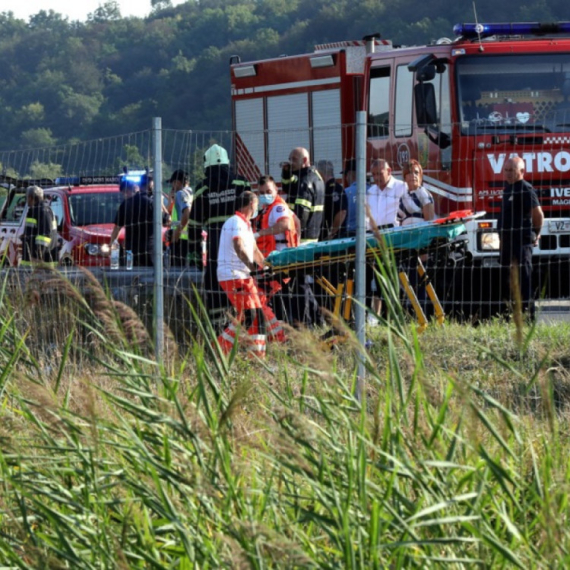
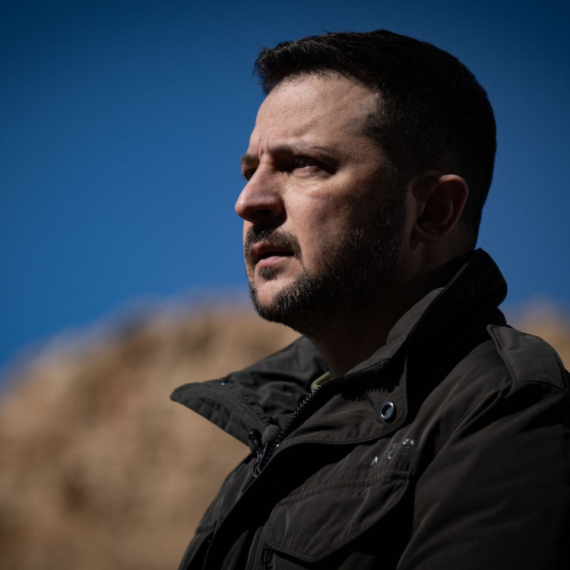
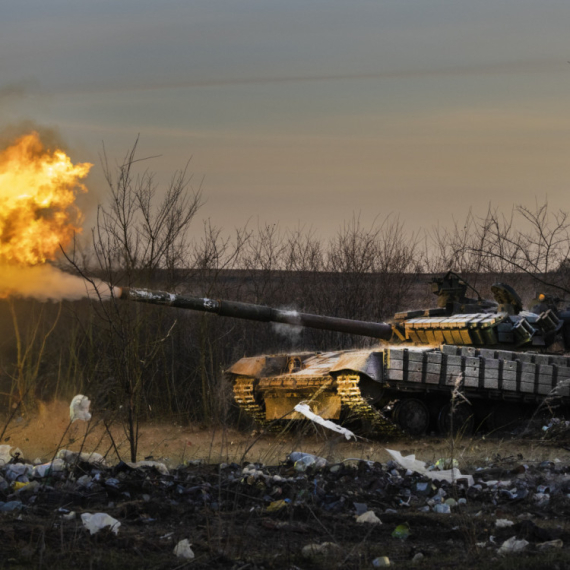



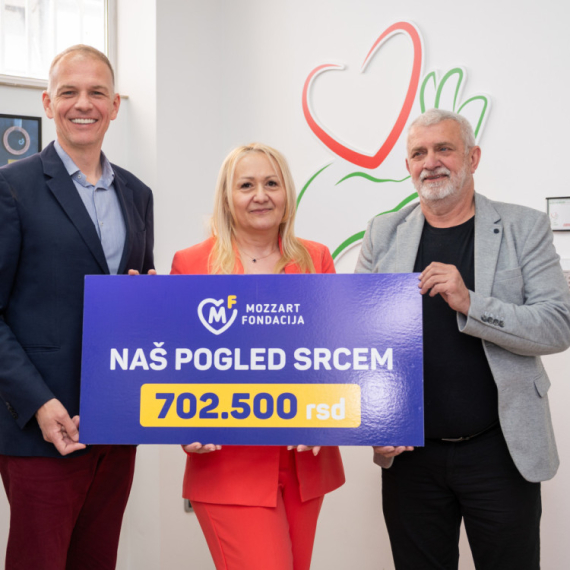
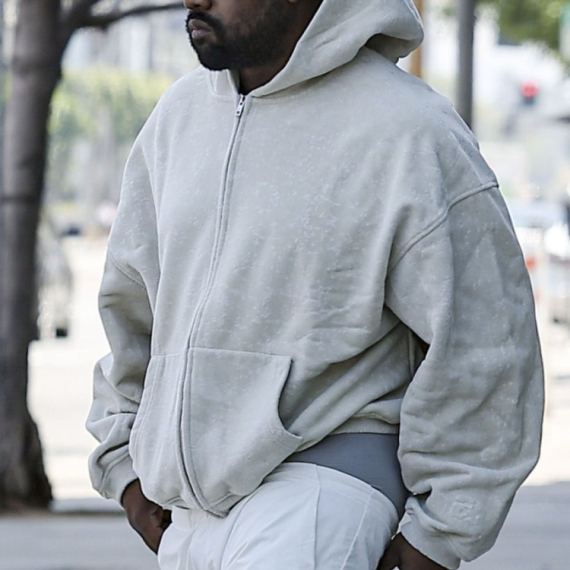







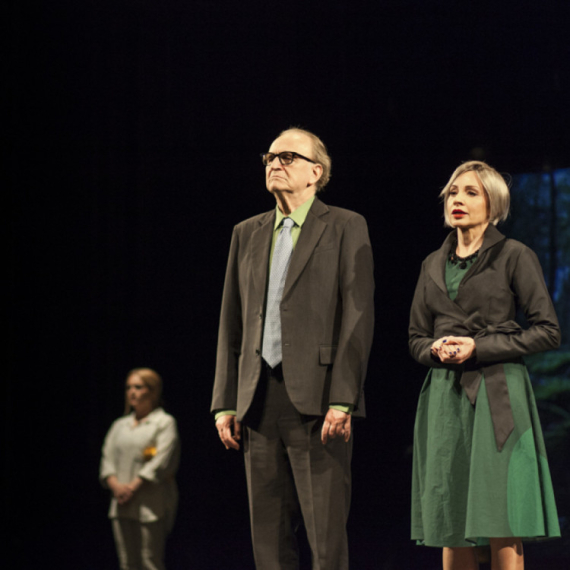

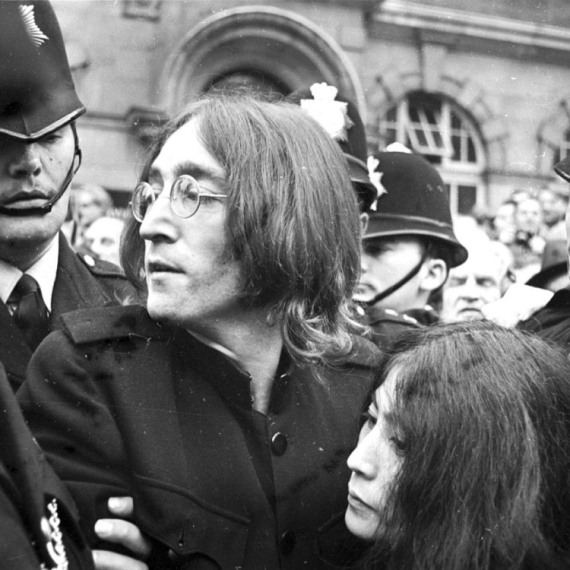





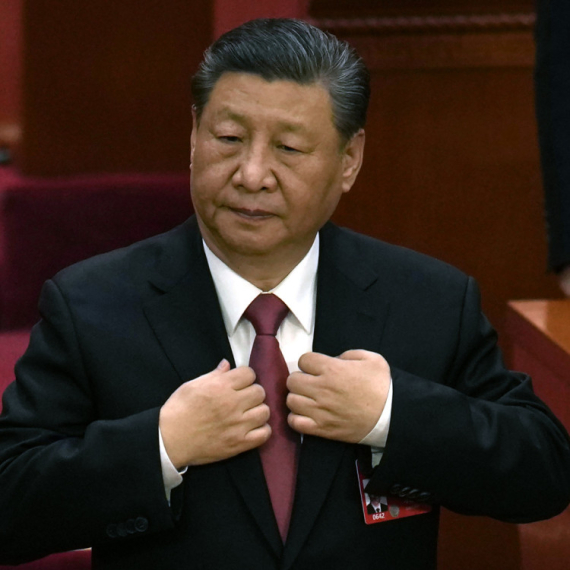


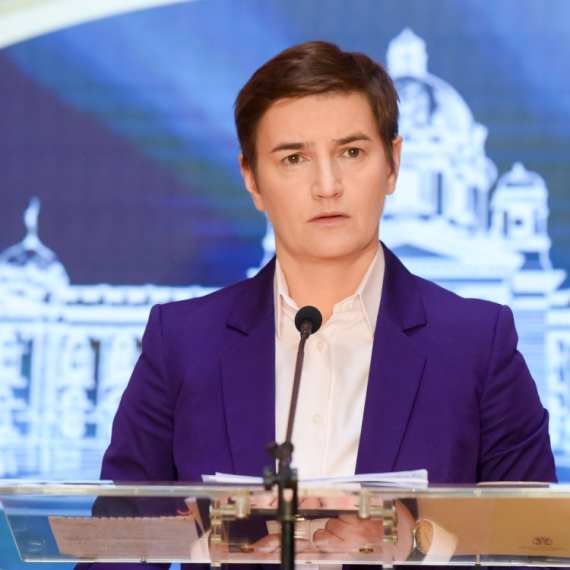
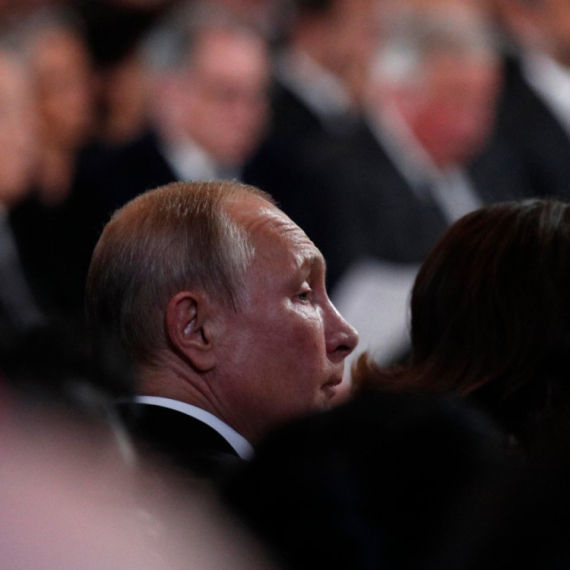

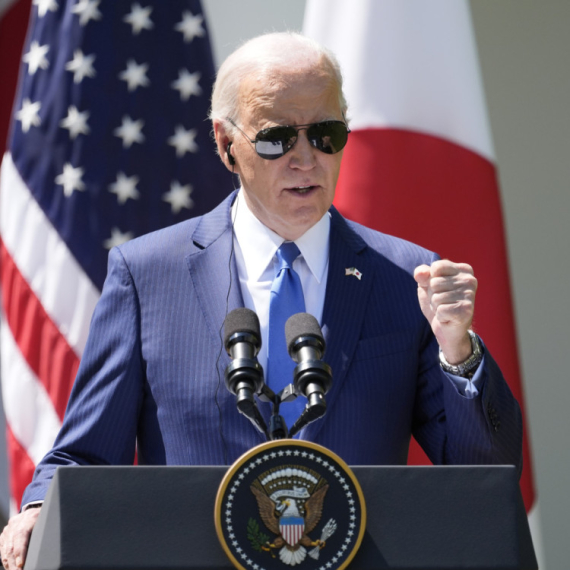


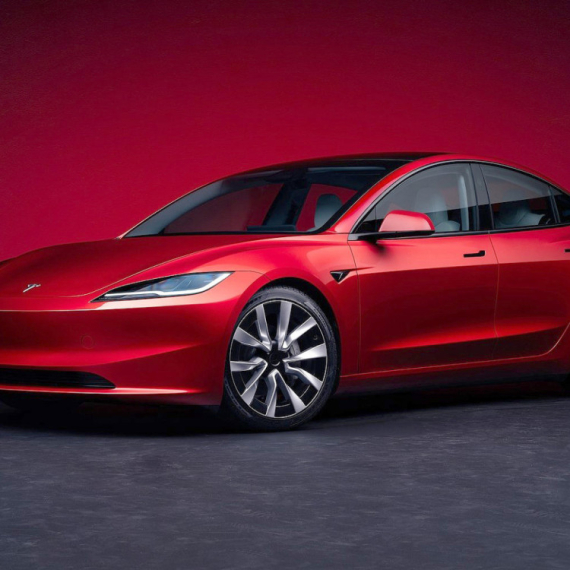

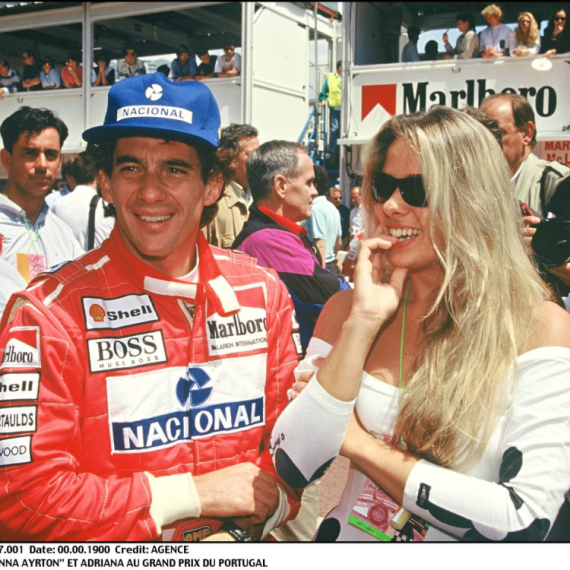

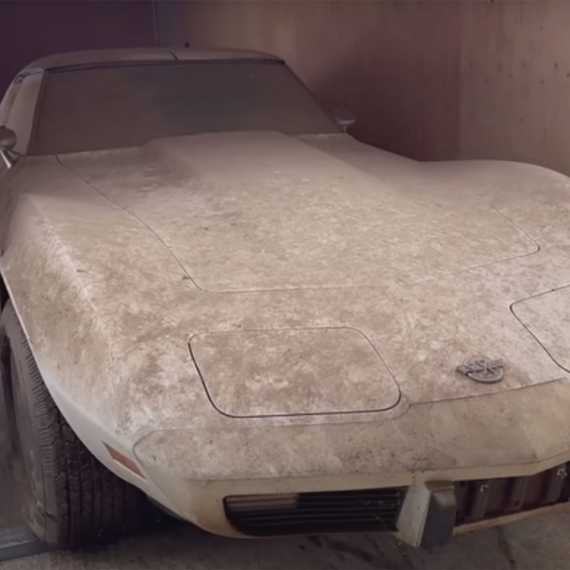


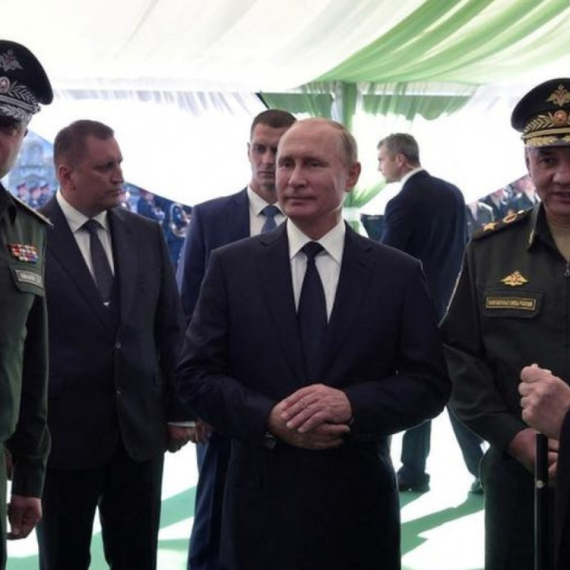



Komentari 10
Pogledaj komentare